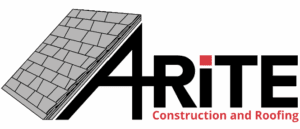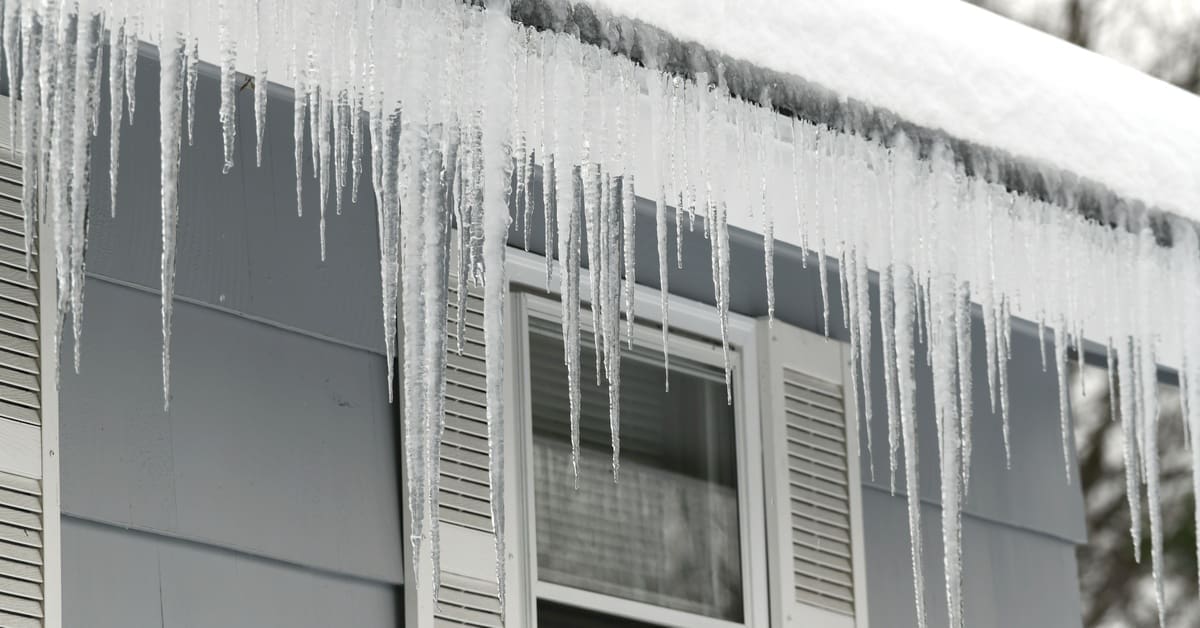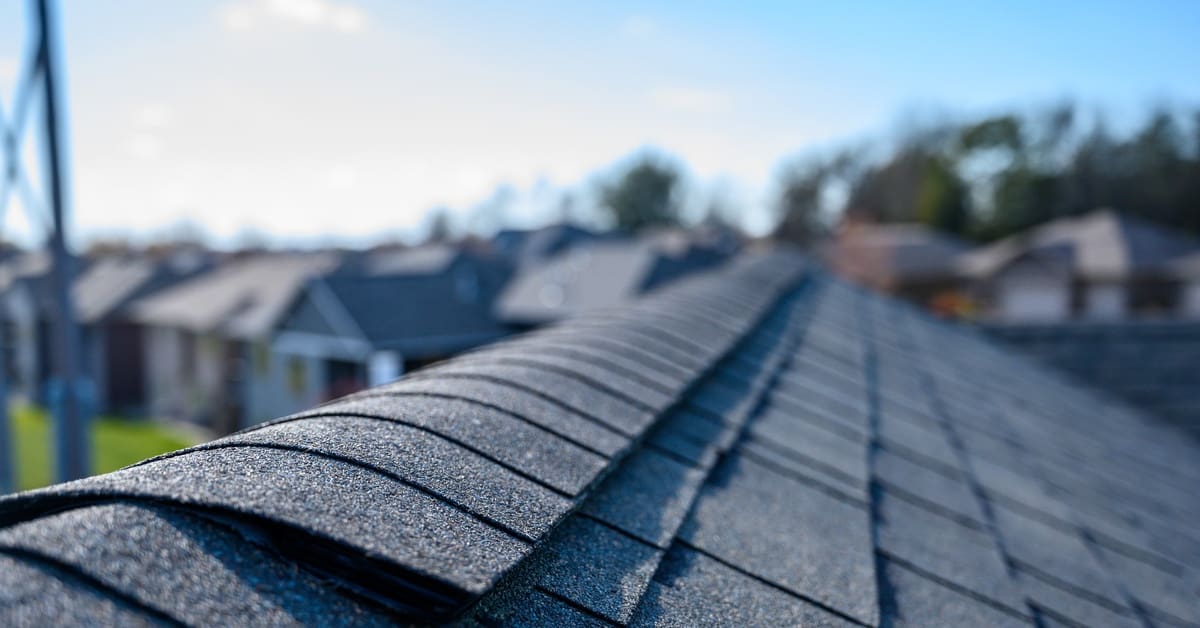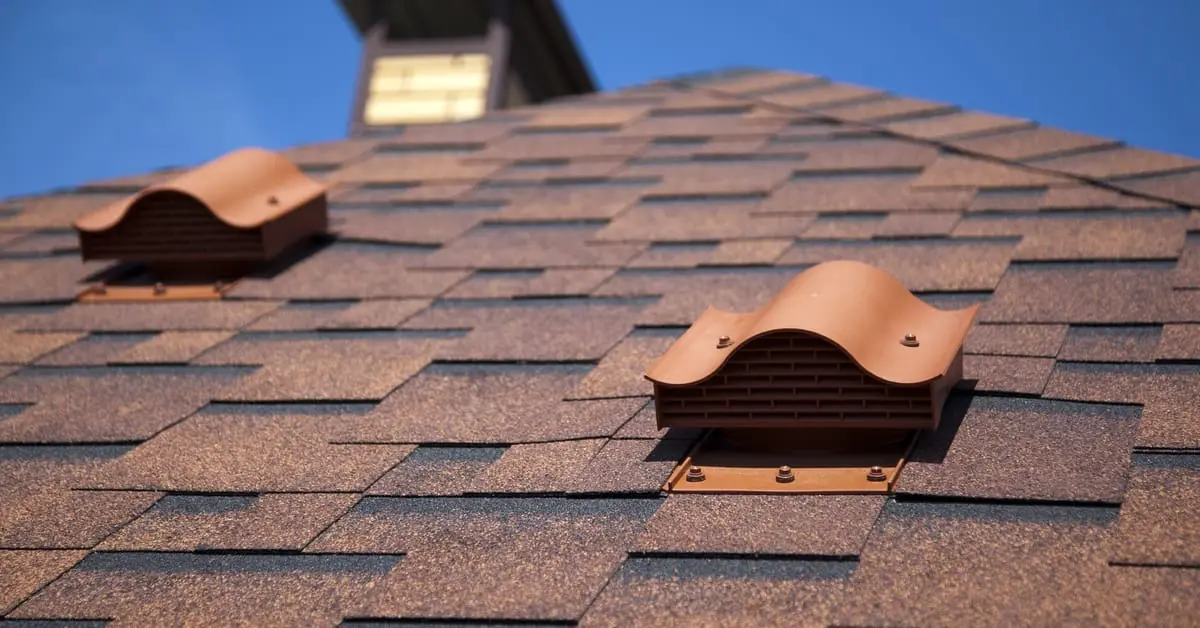Winter weather brings more than cold air and snowdrifts; it also introduces real risks to your home’s structure and efficiency. Ice dams are one of the most costly and destructive threats homeowners face during freezing conditions.
Forming when melting snow refreezes along roof edges, ice dams prevent drainage and allow water to back up beneath shingles. Over time, the water seeps into materials never designed to handle excessive moisture, triggering a chain reaction of deterioration throughout your home.
While ice dams might seem like a surface-level nuisance, the complications they cause can be severe. Let’s explore nine common types of damage caused by ice dams so you can better protect your home this winter.
1. Roof Shingle Deterioration
Your shingles are the first line of defense against winter weather. When water backs up behind an ice dam, it pushes under the shingle edges and settles against the underlayment and nails. This compromises the seal and can lead to curling, cracking, or full detachment.
After breaking that seal, shingles lose their water-shedding ability, exposing the roof deck to the elements. Damaged shingles also allow more heat to escape from the attic, which can exacerbate ice dams in the long run.
2. Damaged Roof Decking
Just below the shingles lies the roof decking, typically made of plywood or oriented strand board (OSB). When melting snow penetrates the top layer of the roof, the structural wood begins to absorb moisture, leading to soft spots, swelling, or rotting.
After the decking weakens, it may start to sag between the rafters or separate at the seams. In advanced cases, the roof may feel spongy underfoot or develop visible dips.
Repairs at this stage often require partial or full roof replacement, especially if mold has begun to spread beneath the surface of the roof.
3. Water-Stained Ceilings and Walls
As water infiltrates the roof structure, it often seeps into interior spaces. Ceilings may show yellow or brown stains, and wall paint may begin to bubble, crack, or peel. This visible damage usually indicates an ongoing leak that’s been active for more than one freeze-thaw cycle.
Left untreated, interior water staining can lead to drywall damage and eventual mold growth within the home’s framing. Moisture that travels along ceiling joists or wall studs may also end up in areas far from the original leak, making the source difficult to locate without professional assessment.
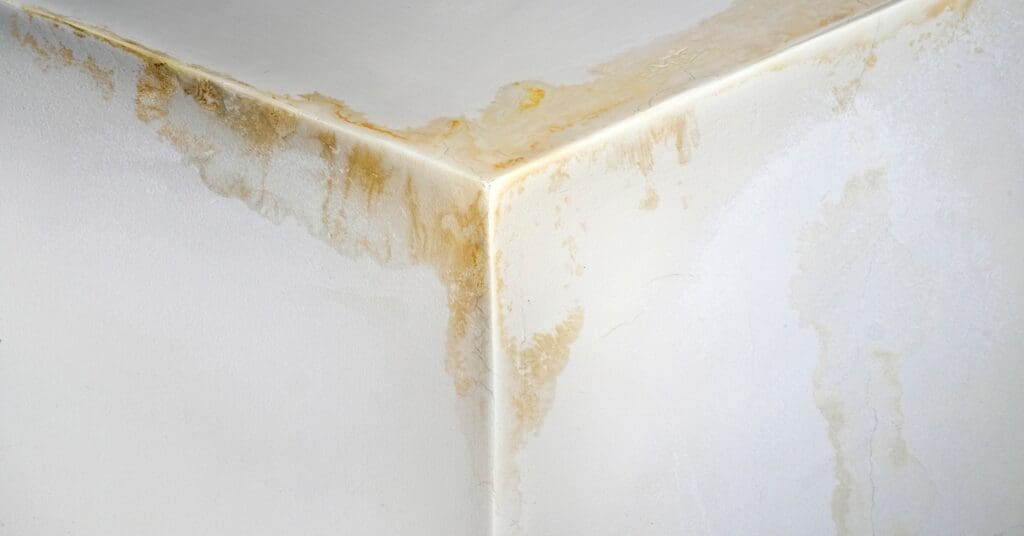
4. Attic Insulation Compromise
Insulation plays a role in energy efficiency, especially during Wisconsin winters. But when water from ice dams reaches the attic, it can saturate fiberglass batts or cellulose fill, significantly reducing their insulating capabilities.
Wet insulation clumps or compresses. As a result, there are gaps where heat can escape and cold air can enter. This issue drives up energy bills and can perpetuate the conditions that lead to recurring ice dams.
Replacing insulation affected by ice dams is necessary to restore proper thermal performance.
5. Mold and Mildew Formation
Any time moisture lingers in enclosed spaces—like behind drywall, under roof decking, or within insulation—mold can take hold. Mold spores thrive in damp environments and quickly spread on wood, paper, and other organic materials.
In addition to the structural risks, mold poses serious concerns for indoor air quality. It can irritate allergies, worsen asthma, and present health risks to sensitive individuals.
Since mold is commonly hidden behind finishes or in attic cavities, it may go unnoticed until the damage is extensive.
6. Window and Door Frame Leaks
When ice dams redirect meltwater down the face of the home, moisture can seep into cracks and gaps around windows and doors. Gradually, minor water intrusion can cause the wooden frame around the openings to swell, rot, or warp.
Leaks may not be immediately apparent. Homeowners will typically notice issues such as drafts, soft windowsills, and discoloration along the trim boards.
Eventually, the structural integrity of the framing may be affected, requiring partial reconstruction or full window replacement.
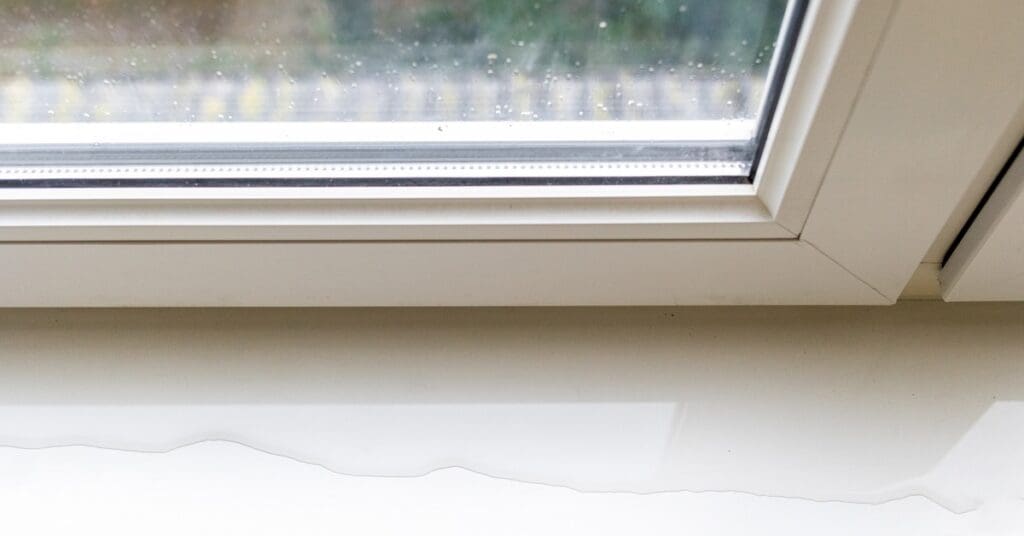
7. Gutter and Fascia Board Damage
Ice dams form when snowmelt at the roof edge has nowhere to drain. As the water refreezes inside and around the gutters, the expanding ice can pry metal gutter sections loose or snap fasteners entirely.
The extra weight may also pull fascia boards away from the roofline or split the wood. This kind of damage not only affects drainage but also leaves gaps where more moisture and pests can enter.
Scheduling routine maintenance or consulting a trusted ice dam removal service at least a few weeks before heavy winter storms allows enough time to inspect your gutters and address potential issues, helping prevent this particular damage.
8. Siding Discoloration and Warping
Prolonged meltwater runoff along siding can create unsightly streaks and stains, chiefly on light-colored materials. Worse still, moisture may work its way behind the siding panels to buckle, warp, or rot the sheathing beneath.
Water trapped behind siding creates ideal conditions for mold and mildew, often with no outward signs until warping or bulging becomes visible. Vinyl and wood siding are particularly vulnerable in areas where gutters overflow due to blocked drainage from ice accumulation.
9. Ice Dam-Related Landscaping Damage
While most damage happens above the ground, ice dams can also cause problems at the base of the home. As large icicles or sheets of ice break free, they often crash down onto shrubs, flower beds, or concrete walkways. This sudden impact can crush landscaping features or even crack paved surfaces.
Although this damage may not be a structural emergency, it can lead to unexpected repair costs and reduce curb appeal when spring arrives. Reinforcing ground-level areas near the roofline and safely removing heavy ice buildup can help prevent seasonal setbacks.
Partner With an Experienced Team
Understanding the nine common types of damage caused by ice dams is key to protecting your home. Nevertheless, identifying risk factors early on and knowing how to address them takes experience,
In regions like Wausau, winter conditions are intense and long-lasting. A-Rite Construction brings decades of expertise to roofing and exterior renovation projects throughout Central Wisconsin. Our team holds certifications from leading manufacturers and maintains a deep understanding of how ice, water, and weather affect the homes in our region.
Whether you’re worried about recurring ice dams or general winter complications, we’re here to help you move forward with confidence. Let’s work together to restore and protect your home before the winter weather worsens your home’s condition.

